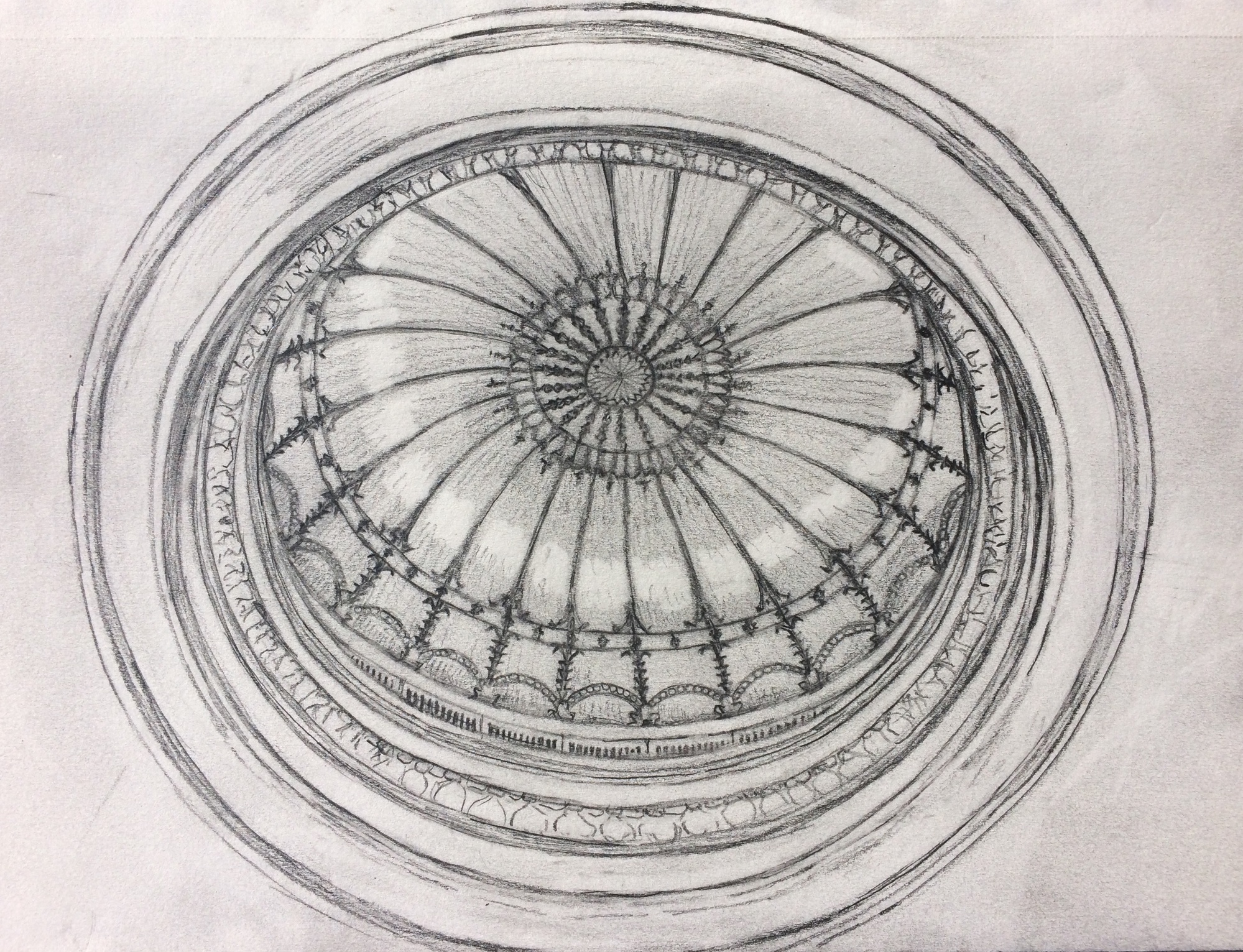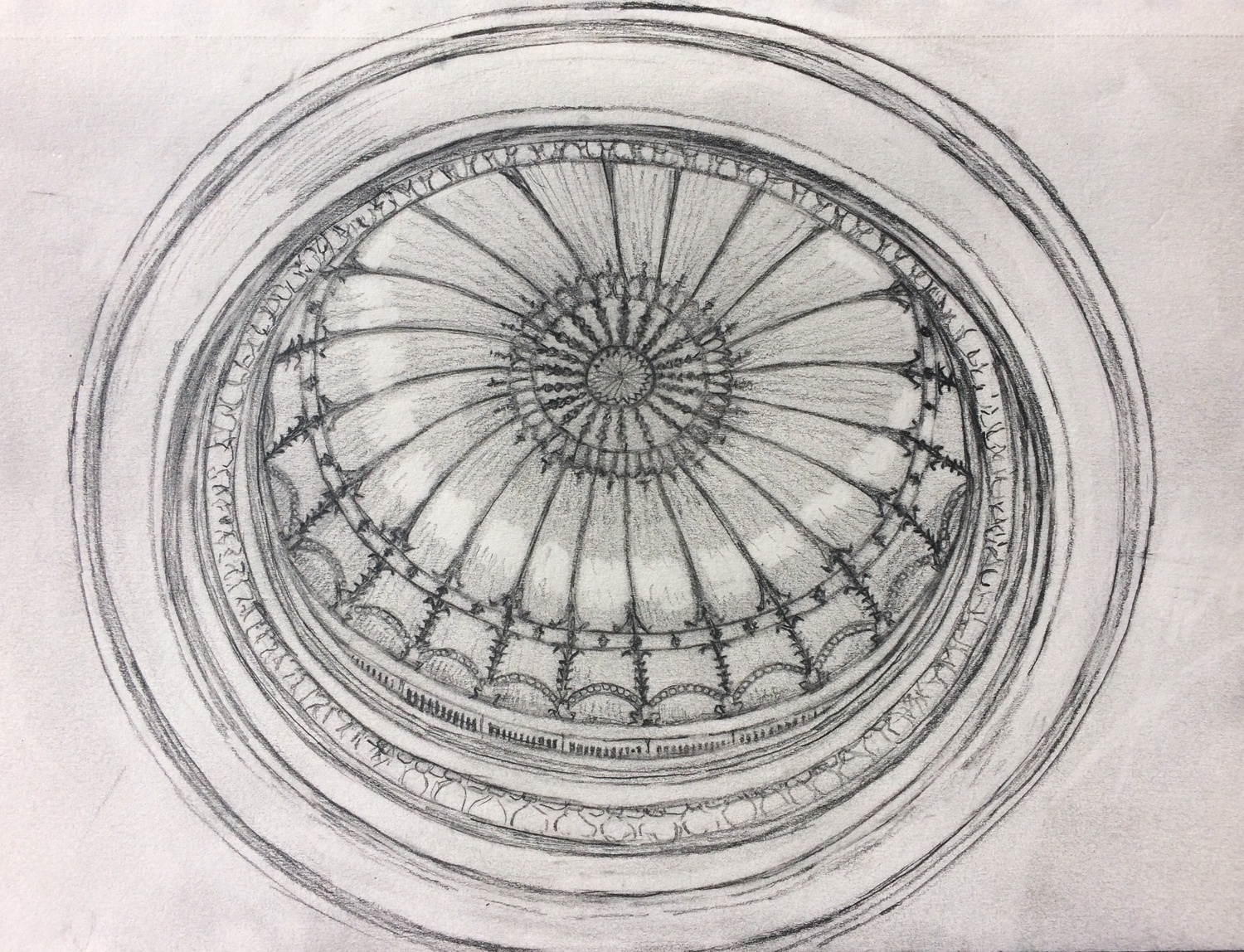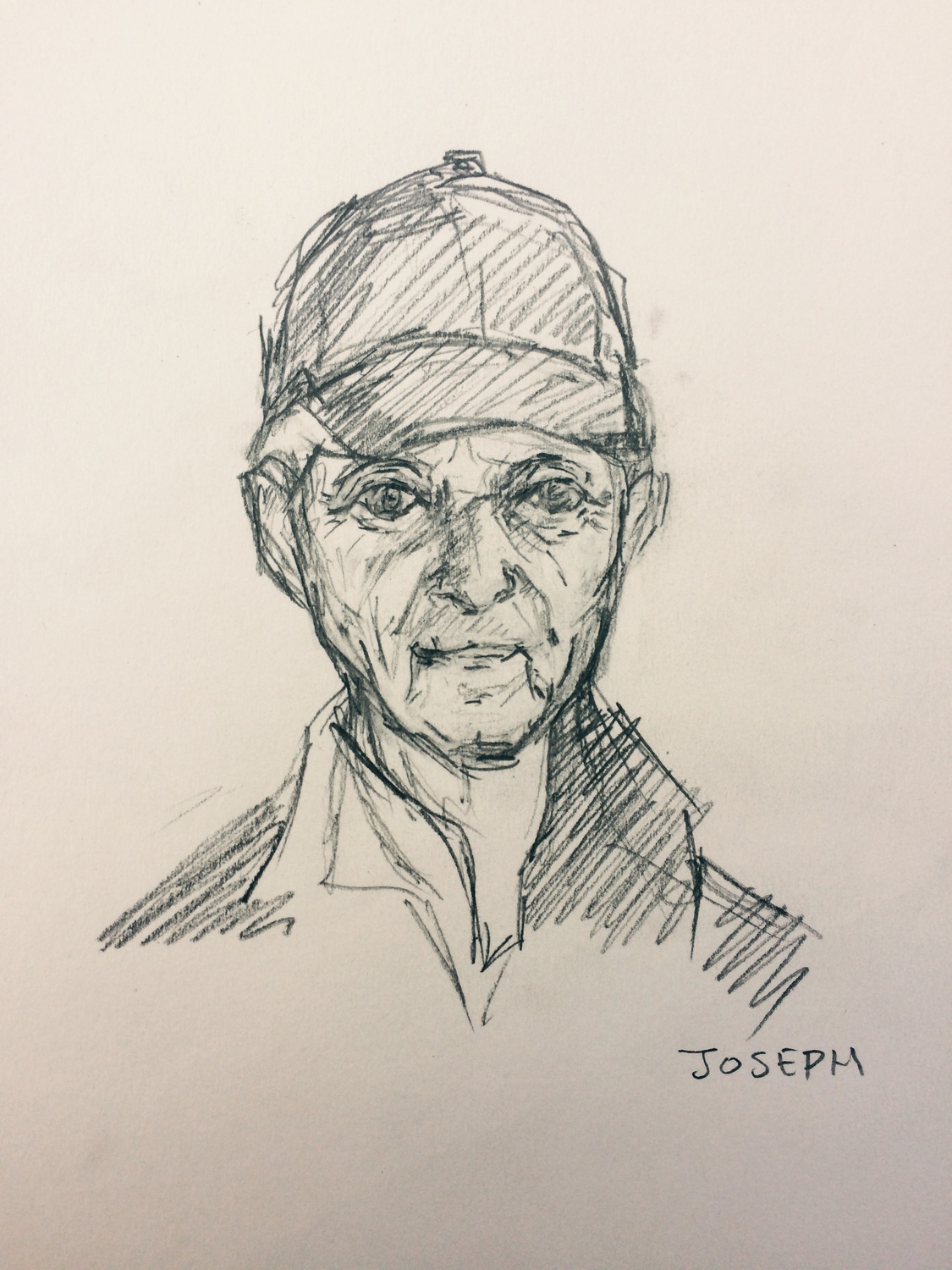
News
Pro-Palestine Encampment Represents First Major Test for Harvard President Alan Garber

News
Israeli PM Benjamin Netanyahu Condemns Antisemitism at U.S. Colleges Amid Encampment at Harvard

News
‘A Joke’: Nikole Hannah-Jones Says Harvard Should Spend More on Legacy of Slavery Initiative

News
Massachusetts ACLU Demands Harvard Reinstate PSC in Letter

News
LIVE UPDATES: Pro-Palestine Protesters Begin Encampment in Harvard Yard
Dining Halls

The creation of a space may begin with its physical features, but it does not end there. The architectural aspects of a space, its use and purpose, the people who pass through every day and the things that they do there all combine to define a space. Often, a space is designed for a particular usage, and its physical aspects therefore complement its purpose. Other times, it evolves to fit a purpose over time. Whatever the case, this human aspect of definition allows spaces to drastically change, even while their architecture remains exactly the same.
As the Harvard University Dining Service workers strike, many of the dining halls have stopped serving food. As a result, the spaces that are the House dining halls have fundamentally changed. While no food is served in the halls, these spaces remain open, and students have continued to use them. Based on my limited observation as I sat and sketched, it seems that Adams dining hall has become primarily a place of study. Without the draw of meals, it is now emptier and quieter, creating an atmosphere similar to that of a library. Yet chatter still fills the space, as some of the informality of a dining hall is retained. Almost overnight, without any alteration to the physical features or architecture, the house dining halls have been transformed into spaces that are entirely new.



Want to keep up with breaking news? Subscribe to our email newsletter.
